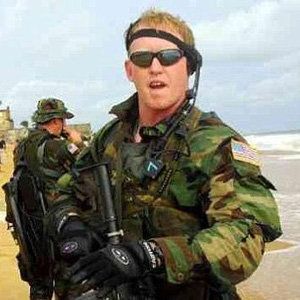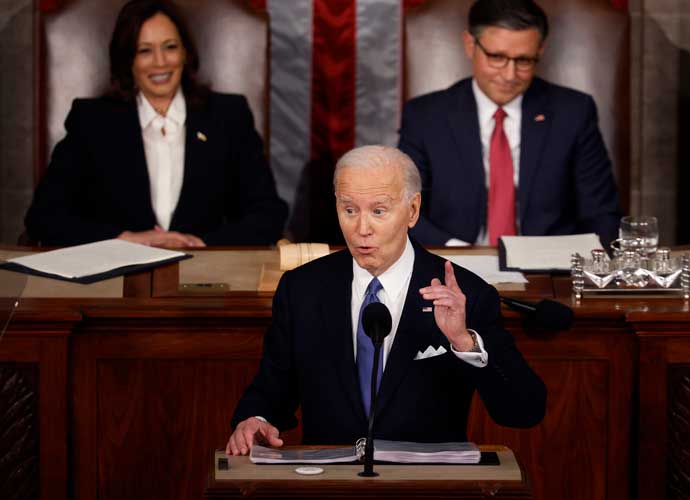Robert O’Neill Identified As Osama Bin Laden’s Killer, Though Claim Is DIsputed
Three years after the event, the Navy SEAL that killed al-Qaeda founder and architect of the 9/11 terror attacks Osama Bin Laden, has finally been identified as Robert O’Neill, though others have disputed his claim. The identity of the soldier has long remained classified and subject to rumor. A single interview had been done by Esquire and identified him only under the nom de fame “The Shooter.”
According to the Daily Mail, O’Neill was going to be revealed as the shooter in a special for Fox News airing later this month The Man Who Killed Osama Bin Laden, but was beaten to the punch by a website run by ex-special forces personnel and published his name preemptively, as an apparent protest of his decision to reveal himself to the public, which goes against an unspoken oath shared by all military agencies: keep it secret.
O’Neill’s career in the Navy ran for 16 years and is full of honors. Among the missions he has taken part in were the rescue of fellow SEAL Marcus Luttrell and ending the Maersk Alabama hijacking by Somali pirates. Both of these events were made into big budget films—Lone Survivor and Captain Phillips, respectively.
However, O’Neill’s decision to reveal himself now is a fairly obvious one. O’Neill retired from active duty in 2012 and his life changed drastically.
“In that second, I shot him, two times in the forehead,” he told Esquire in 2013. “Bap! Bap! The second time as he’s going down. He crumpled onto the floor in front of his bed. He was dead. I watched him take his last breaths. And I remember as I watched him breathe out the last part of air, I thought: Is this the best thing I’ve ever done, or the worst thing I’ve ever done?”
This proved rather prescient. Despite not only his significant status and the dangerous implications that come from it, the government has not given O’Neill any special security, and he is not being paid any pension or medical benefits for him or his family. He’s attempted to use the channels open to veterans but found only disappointment.
“[SEAL command] told me they could get me a job driving a beer truck in Milwaukee,” he told Esquire. “My health care for me and my family stopped. I asked if there was some transition from my Tricare to Blue Cross Blue Shield. They said no. You’re out of the service, your coverage is over. Thanks for your 16 years. Go f— yourself.”
During his years of service, O’Neill accrued a collection of scars and wounds. He has arthritis, tendonitis, damage to his eyes, blown disks, an impressive amount of scar tissue and no health coverage.
Especially now that he has been identified, O’Neill and his family have taken precautions to protect them from possible retaliation. His bedroom has knives and guns that he’s taught his wife to use; he’s taught his kids to run to the bathtub for cover in case of an explosive attacks.
O’Neill’s story has been in question since the Esquire article last year. According to fellow SEAL Matt Bissonette, (whose best-selling book about the Bin Laden raid No Easy Day earned him much of the same ire from the military that O’Neill now faces), it wasn’t O’Neill who got the kill, but the point man.
O’Neill’s version of events places the point man in another room—he had tackled to women believed to be wearing suicide vests to keep his men safe, while the number two man (O’Neill) hit the room that Bin Laden happened to be in; there was a firefight and O’Neill’s shots were the ones that killed the terrorist.
This is compared to Bissonette who alleges that it was indeed the point man that killed Bin Laden, shooting him through an adjacent window.
At an interview today, Bissonette was asked about the contradicting versions.
“Two different people telling two different stories for two different reasons,” Bissonnette said, but elaborated no further.
RELATED ARTICLES
Get the most-revealing celebrity conversations with the uInterview podcast!








Leave a comment